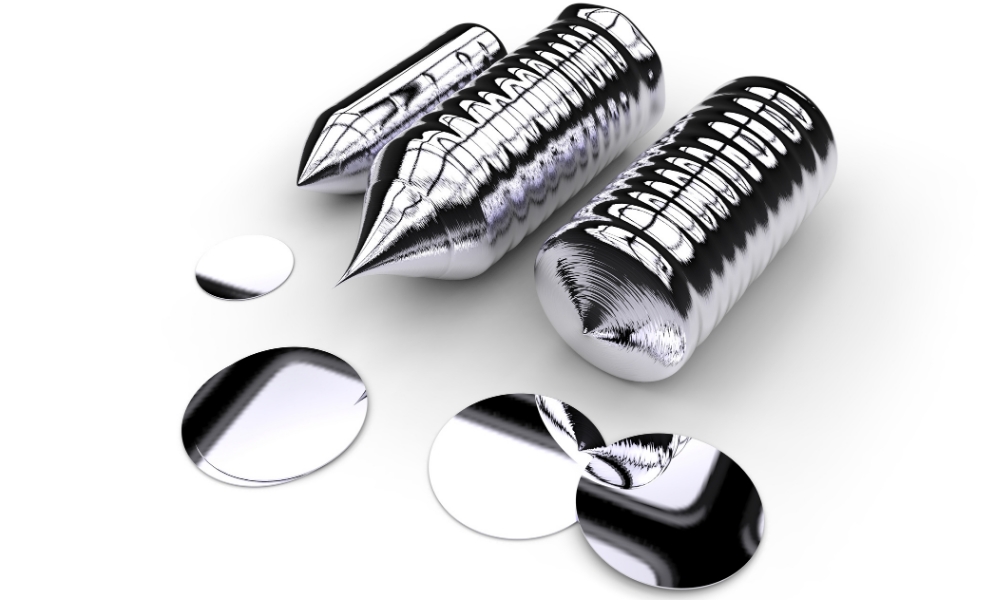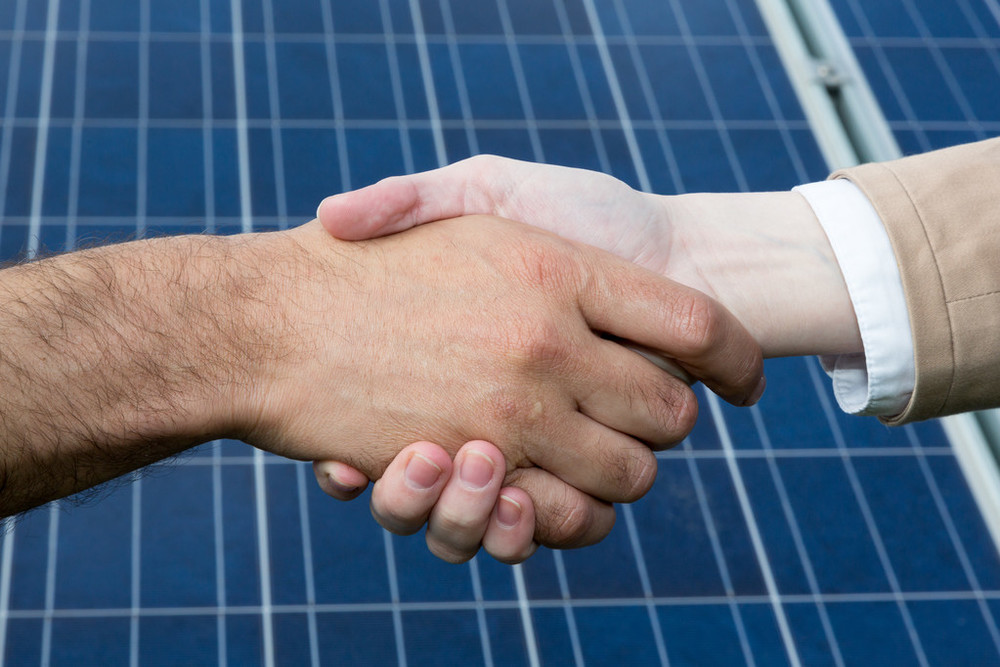Home > > Trends in the supply-demand pattern of the global photovoltaic industry chain in 2023
Trends in the supply-demand pattern of the global photovoltaic industry chain in 2023
 5/9/2023 12:53:21 PM
5/9/2023 12:53:21 PM FNEPower
FNEPower 2649
2649
In 2022, due to multiple factors such as the epidemic, power restrictions, earthquakes, and geopolitical impacts, the prices of the photovoltaic industry chain remain high, but global demand for photovoltaic installation continues to be strong. Driven by the rapid growth in demand for photovoltaic installation, the demand for various links in the photovoltaic industry chain is constantly being released, and new and old players are accelerating production capacity expansion. In 2023, with the significant release of silicon material expansion production capacity, the prices of the photovoltaic industry chain will decline, and downstream installed demand is expected to increase. What are the changing trends in the supply and demand pattern of the global photovoltaic industry chain in 2023? What opportunities and challenges will photovoltaic enterprises face?
In the silicon material sector, the overall supply of silicon materials is sufficient, and prices have entered a downward trend
In 2022, against the backdrop of high prosperity in the photovoltaic industry, polycrystalline silicon production enterprises continued to expand their production capacity. Starting from the second half of 2022, polycrystalline silicon production capacity began to accelerate release. The New Energy Research Center under Jibang Consulting predicts that the total polycrystalline silicon production capacity will reach 2.14 million tons by the end of 2023, a year-on-year increase of 82.9%; In 2023, with the gradual release of production capacity from major silicon material leading manufacturers and numerous new players, silicon materials will no longer become a bottleneck in the development of the industrial chain. The overall supply of silicon materials is sufficient, and there is gradually an excess situation. The annual output of silicon materials in 2023 is about 1.34 million tons, with a year-on-year increase of 56.29%, which can support the output of over 500GW of components, significantly exceeding the installed capacity forecast of 330-350GW in 2023. If the supply of silicon exceeds demand, prices will enter a downward channel, and the prices of the photovoltaic industry chain are expected to return to a reasonable level.
Silicon chip link, large size, thin slice and N-shaped trend are clear, and high-purity quartz sand limits effective output
With the continuous promotion of "cost reduction and efficiency improvement" in the photovoltaic industry chain, the process of silicon wafers moving towards large-sized and thin wafers is further accelerating. At present, there are three main sizes of silicon wafers on the market: 166mm, 182mm, and 210mm. Among them, large-sized silicon wafers with 182mm and 210mm as the main sizes have prominent advantages in cost reduction and efficiency improvement, and their market share is rapidly increasing. Meanwhile, in 2022, the photovoltaic industry will enter a new era of N-type applications. In the future, as N-type batteries replace P-type batteries as the mainstream, the penetration rate of N-type silicon wafers is expected to continue to increase.
As new and old players accelerate production expansion, silicon wafer production capacity will significantly expand in 2023. Jibang Consulting predicts that the silicon wafer production capacity will reach 828GW in 2023, a year-on-year increase of 51.45%. In terms of output, with the further release of silicon material production capacity in 2023, the overall productivity of silicon chip will increase. The demand for N-type silicon chips will drive the demand for quartz crucibles to increase. However, the shortage of high-purity quartz sand, the raw material of quartz crucibles, will lead to the rise of non silicon costs and limited actual output of silicon chip enterprises. In view of the shortage of high-purity quartz sand, most silicon chip leaders have signed long orders for price locking with quartz crucibles or high-purity quartz sand enterprises, while the second and third tier enterprises have a certain risk of supply shortage of quartz crucibles. Silicon chip leaders have significant advantages in ensuring supply, and industry concentration ratio is expected to increase.
In the battery cell process, the supply and demand of large-sized PERC batteries are tight, and TOPCon production capacity is gradually releasing
Currently, PERC is facing efficiency bottlenecks, and the photovoltaic industry is gradually entering the "N-type era". N-type technologies represented by TOPCon, HJT, and XBC are gradually becoming the focus of enterprises competing to layout. In the future, with the reduction of production costs and the improvement of yield, N-type batteries are expected to surpass P-type batteries and become the mainstream. In 2023, the production capacity of battery cells will continue to rapidly expand, and the proportion of N-type battery cells will continue to increase. Jibang Consulting predicts that the total production capacity of battery cells will reach 886GW in 2023, a year-on-year increase of 52.4%. Among them, the production capacity of N-type battery cells is about 338GW, accounting for 39%, and the share of production capacity is rapidly increasing.
Since the second half of 2022, the new production capacity in the battery cell sector has mainly been based on N-type technology. However, there is a certain lag in the release of new technology production capacity, and it is expected that the release of TOPCon production capacity will mainly be concentrated in the second half of 2023. In the second half of 2022, the production capacity expansion of PERC was almost stagnant, and the profitability of large-sized PERC battery cells continued to improve due to tight supply and demand; In the first half of 2023, TOPCon's production capacity has not yet been significantly released, and the supply and demand of large-sized PERC battery cells are still tight, and profitability is expected to further improve. In the second half of 2023, with the gradual release of new technology production capacity such as TOPCon, the tight supply and demand situation of battery cells will be alleviated.
In the component sector, global component production capacity continues to expand, and component companies are expected to recover their profits
In 2023, driven by policy guidance and market demand, global demand for photovoltaic installation continued to be strong, and component production capacity continued to expand. Jibang Consulting predicts that the global component production capacity will reach 853GW in 2023, a year-on-year increase of 39.3%; The new production capacity can reach 240GW, and the expansion of production capacity is still mainly focused on Chinese enterprises. It is expected that the proportion of component production capacity in China will reach 76.34% by 2023.
In the past two years, regions such as Europe, India, and the United States have introduced policies to promote the localization of the photovoltaic manufacturing industry chain. Chinese component companies have accelerated their deployment of component production capacity overseas, and overseas component production capacity has accelerated its expansion. However, China's top component manufacturers have advantages in technology, cost, brand, and channel, making it difficult for them to surpass other countries in the short term. In 2023, with the release of silicon material production capacity, the price decline in the photovoltaic industry chain will stimulate the growth of downstream installed capacity, and integrated component manufacturers are expected to benefit first and their profits will be repaired.
In terms of particles, the supply and demand of EVA particles are tight, and the release of N-type battery cell production capacity drives an increase in demand for POE adhesive film
Jibang Consulting predicts that the demand for photovoltaic EVA particles will be approximately 1.797 million tons in 2023, with an annual supply of approximately 1.785 million tons. In 2023, with the release of silicon material production capacity, the prices of the photovoltaic industry chain are expected to return to a reasonable level, thereby stimulating downstream installed demand. Driven by strong demand for photovoltaic installation, the market size of photovoltaic film continues to expand. However, the difficulty of producing photovoltaic grade EVA particles, the long time for production capacity to ramp up, and the overall supply is expected to remain relatively tight until 2024.
In 2023, the demand for POE resin is approximately 415000 tons, mainly relying on imports, resulting in a tight overall supply and demand pattern. At present, the global POE production capacity is mainly concentrated in Dow Chemical, Mitsui Chemical, ExxonMobil and a few other overseas enterprises, and the industry concentration ratio is high. China's photovoltaic grade POE particles mainly rely on imports. In recent years, domestic enterprises have accelerated the process of independent research and development of POE products. However, due to the long expansion cycle and high technical barriers, the release of medium and short-term production capacity is limited, and POE particles are still in a tight supply and demand situation. POE adhesive film has the characteristics of low water vapor permeability and excellent anti-aging performance, and is widely used in high-efficiency photovoltaic modules such as double glass and N-type photovoltaic modules. With the release of N-type component production capacity in the second half of 2023, the penetration rate of POE adhesive film will accelerate, and the tight supply and demand situation will intensify, with prices expected to continue to rise. In the next 1-2 years, adhesive film companies with POE particle supply guarantee capabilities are expected to further increase their market share.
In the silicon material sector, the overall supply of silicon materials is sufficient, and prices have entered a downward trend
In 2022, against the backdrop of high prosperity in the photovoltaic industry, polycrystalline silicon production enterprises continued to expand their production capacity. Starting from the second half of 2022, polycrystalline silicon production capacity began to accelerate release. The New Energy Research Center under Jibang Consulting predicts that the total polycrystalline silicon production capacity will reach 2.14 million tons by the end of 2023, a year-on-year increase of 82.9%; In 2023, with the gradual release of production capacity from major silicon material leading manufacturers and numerous new players, silicon materials will no longer become a bottleneck in the development of the industrial chain. The overall supply of silicon materials is sufficient, and there is gradually an excess situation. The annual output of silicon materials in 2023 is about 1.34 million tons, with a year-on-year increase of 56.29%, which can support the output of over 500GW of components, significantly exceeding the installed capacity forecast of 330-350GW in 2023. If the supply of silicon exceeds demand, prices will enter a downward channel, and the prices of the photovoltaic industry chain are expected to return to a reasonable level.
Silicon chip link, large size, thin slice and N-shaped trend are clear, and high-purity quartz sand limits effective output
With the continuous promotion of "cost reduction and efficiency improvement" in the photovoltaic industry chain, the process of silicon wafers moving towards large-sized and thin wafers is further accelerating. At present, there are three main sizes of silicon wafers on the market: 166mm, 182mm, and 210mm. Among them, large-sized silicon wafers with 182mm and 210mm as the main sizes have prominent advantages in cost reduction and efficiency improvement, and their market share is rapidly increasing. Meanwhile, in 2022, the photovoltaic industry will enter a new era of N-type applications. In the future, as N-type batteries replace P-type batteries as the mainstream, the penetration rate of N-type silicon wafers is expected to continue to increase.
As new and old players accelerate production expansion, silicon wafer production capacity will significantly expand in 2023. Jibang Consulting predicts that the silicon wafer production capacity will reach 828GW in 2023, a year-on-year increase of 51.45%. In terms of output, with the further release of silicon material production capacity in 2023, the overall productivity of silicon chip will increase. The demand for N-type silicon chips will drive the demand for quartz crucibles to increase. However, the shortage of high-purity quartz sand, the raw material of quartz crucibles, will lead to the rise of non silicon costs and limited actual output of silicon chip enterprises. In view of the shortage of high-purity quartz sand, most silicon chip leaders have signed long orders for price locking with quartz crucibles or high-purity quartz sand enterprises, while the second and third tier enterprises have a certain risk of supply shortage of quartz crucibles. Silicon chip leaders have significant advantages in ensuring supply, and industry concentration ratio is expected to increase.
In the battery cell process, the supply and demand of large-sized PERC batteries are tight, and TOPCon production capacity is gradually releasing
Currently, PERC is facing efficiency bottlenecks, and the photovoltaic industry is gradually entering the "N-type era". N-type technologies represented by TOPCon, HJT, and XBC are gradually becoming the focus of enterprises competing to layout. In the future, with the reduction of production costs and the improvement of yield, N-type batteries are expected to surpass P-type batteries and become the mainstream. In 2023, the production capacity of battery cells will continue to rapidly expand, and the proportion of N-type battery cells will continue to increase. Jibang Consulting predicts that the total production capacity of battery cells will reach 886GW in 2023, a year-on-year increase of 52.4%. Among them, the production capacity of N-type battery cells is about 338GW, accounting for 39%, and the share of production capacity is rapidly increasing.
Since the second half of 2022, the new production capacity in the battery cell sector has mainly been based on N-type technology. However, there is a certain lag in the release of new technology production capacity, and it is expected that the release of TOPCon production capacity will mainly be concentrated in the second half of 2023. In the second half of 2022, the production capacity expansion of PERC was almost stagnant, and the profitability of large-sized PERC battery cells continued to improve due to tight supply and demand; In the first half of 2023, TOPCon's production capacity has not yet been significantly released, and the supply and demand of large-sized PERC battery cells are still tight, and profitability is expected to further improve. In the second half of 2023, with the gradual release of new technology production capacity such as TOPCon, the tight supply and demand situation of battery cells will be alleviated.
In the component sector, global component production capacity continues to expand, and component companies are expected to recover their profits
In 2023, driven by policy guidance and market demand, global demand for photovoltaic installation continued to be strong, and component production capacity continued to expand. Jibang Consulting predicts that the global component production capacity will reach 853GW in 2023, a year-on-year increase of 39.3%; The new production capacity can reach 240GW, and the expansion of production capacity is still mainly focused on Chinese enterprises. It is expected that the proportion of component production capacity in China will reach 76.34% by 2023.
In the past two years, regions such as Europe, India, and the United States have introduced policies to promote the localization of the photovoltaic manufacturing industry chain. Chinese component companies have accelerated their deployment of component production capacity overseas, and overseas component production capacity has accelerated its expansion. However, China's top component manufacturers have advantages in technology, cost, brand, and channel, making it difficult for them to surpass other countries in the short term. In 2023, with the release of silicon material production capacity, the price decline in the photovoltaic industry chain will stimulate the growth of downstream installed capacity, and integrated component manufacturers are expected to benefit first and their profits will be repaired.
In terms of particles, the supply and demand of EVA particles are tight, and the release of N-type battery cell production capacity drives an increase in demand for POE adhesive film
Jibang Consulting predicts that the demand for photovoltaic EVA particles will be approximately 1.797 million tons in 2023, with an annual supply of approximately 1.785 million tons. In 2023, with the release of silicon material production capacity, the prices of the photovoltaic industry chain are expected to return to a reasonable level, thereby stimulating downstream installed demand. Driven by strong demand for photovoltaic installation, the market size of photovoltaic film continues to expand. However, the difficulty of producing photovoltaic grade EVA particles, the long time for production capacity to ramp up, and the overall supply is expected to remain relatively tight until 2024.
In 2023, the demand for POE resin is approximately 415000 tons, mainly relying on imports, resulting in a tight overall supply and demand pattern. At present, the global POE production capacity is mainly concentrated in Dow Chemical, Mitsui Chemical, ExxonMobil and a few other overseas enterprises, and the industry concentration ratio is high. China's photovoltaic grade POE particles mainly rely on imports. In recent years, domestic enterprises have accelerated the process of independent research and development of POE products. However, due to the long expansion cycle and high technical barriers, the release of medium and short-term production capacity is limited, and POE particles are still in a tight supply and demand situation. POE adhesive film has the characteristics of low water vapor permeability and excellent anti-aging performance, and is widely used in high-efficiency photovoltaic modules such as double glass and N-type photovoltaic modules. With the release of N-type component production capacity in the second half of 2023, the penetration rate of POE adhesive film will accelerate, and the tight supply and demand situation will intensify, with prices expected to continue to rise. In the next 1-2 years, adhesive film companies with POE particle supply guarantee capabilities are expected to further increase their market share.
热点新闻

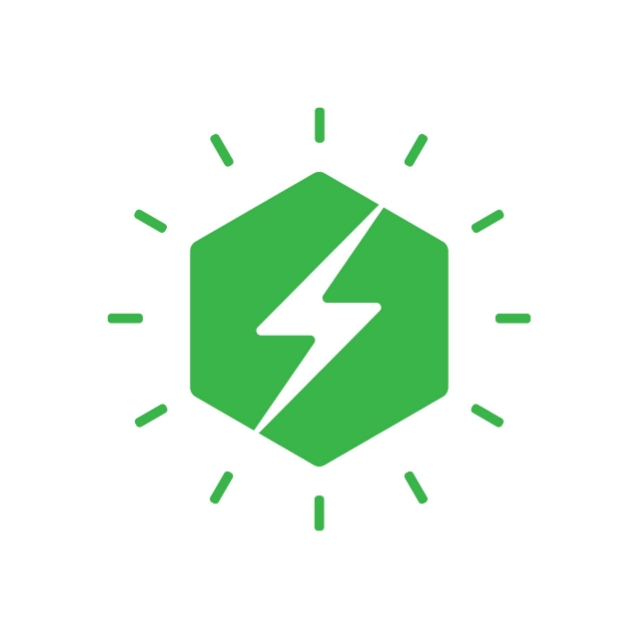




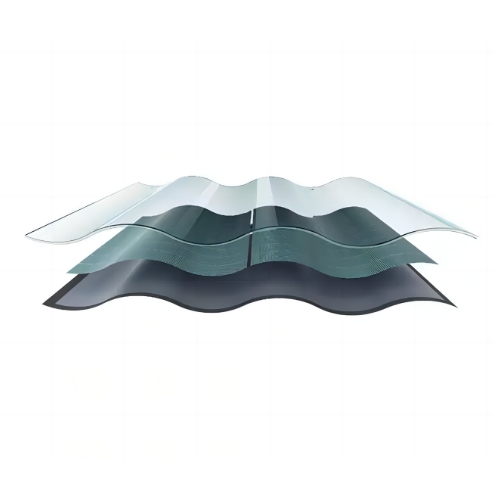
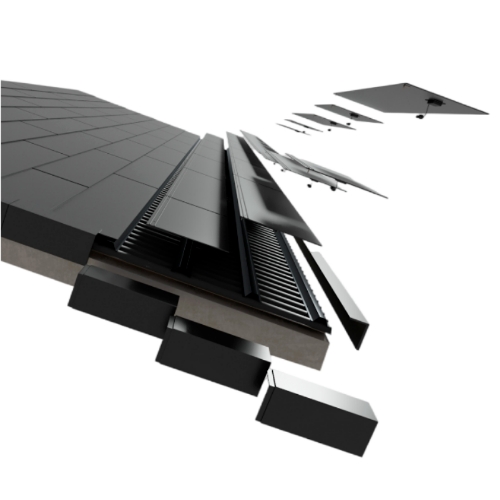
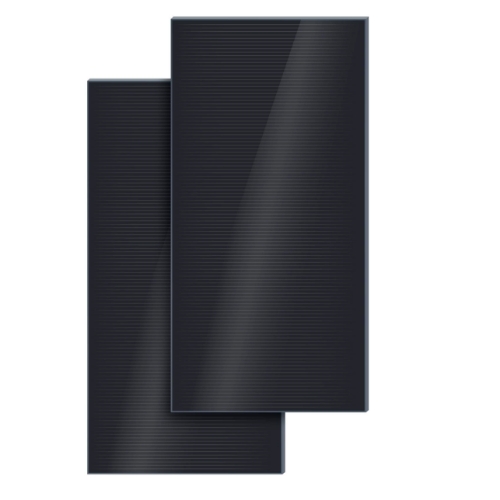
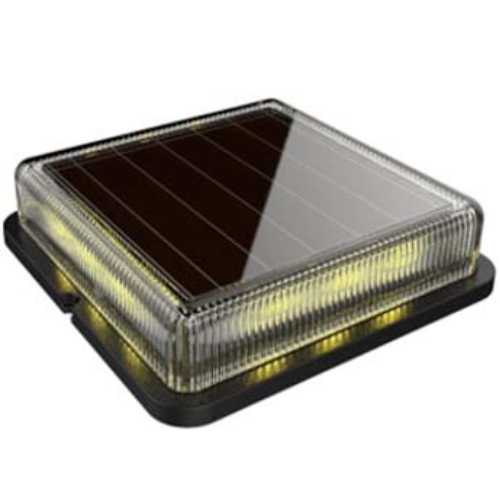
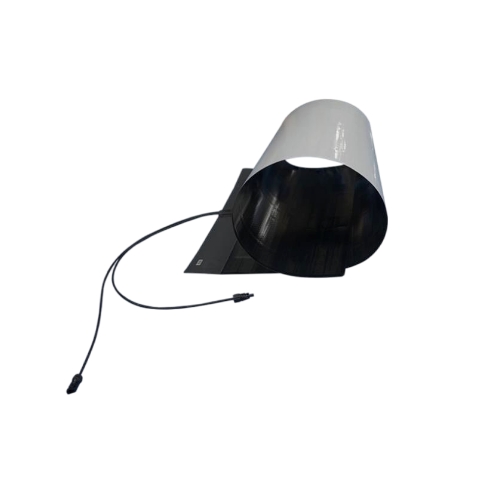
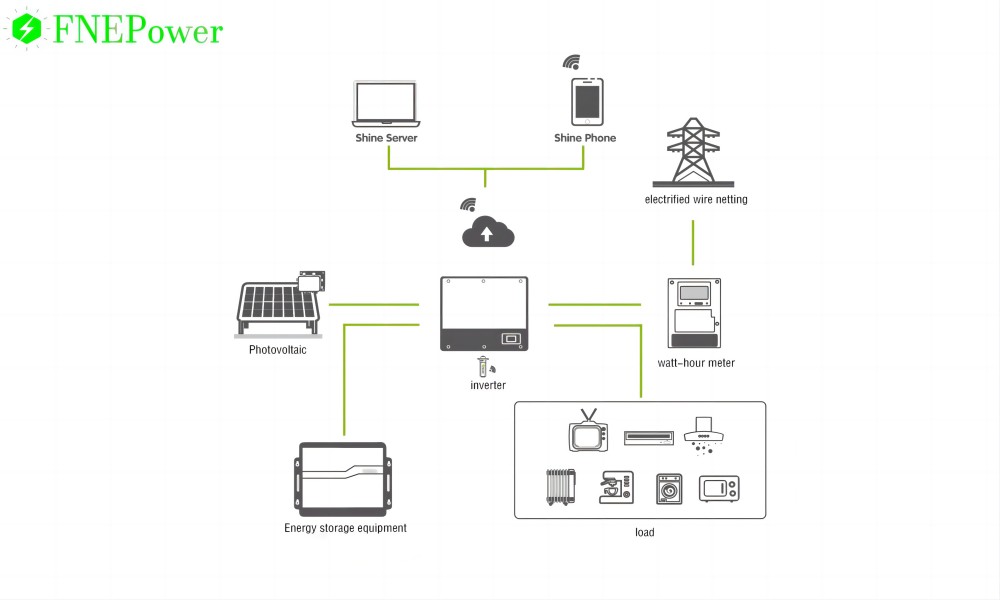




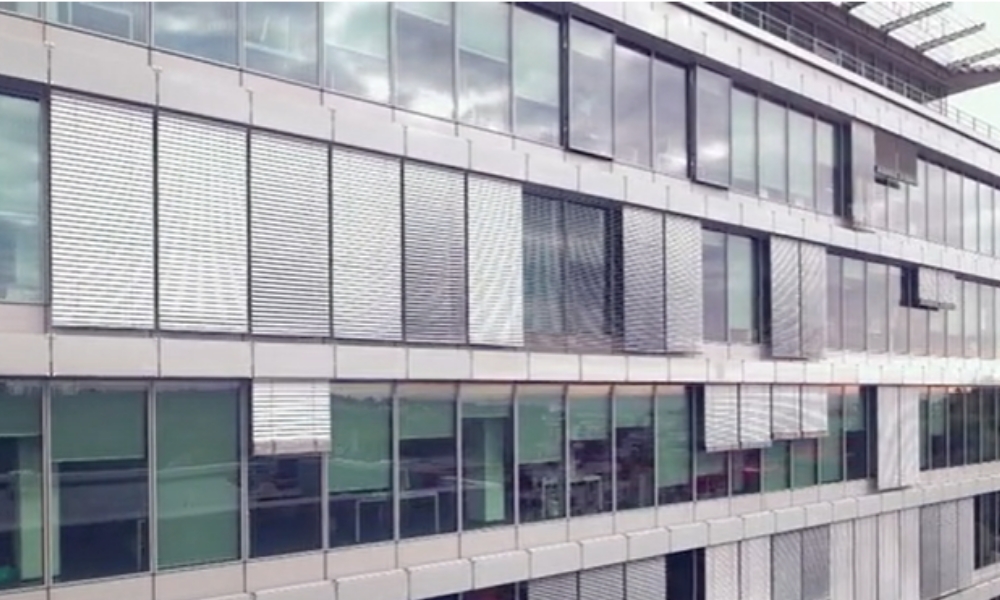
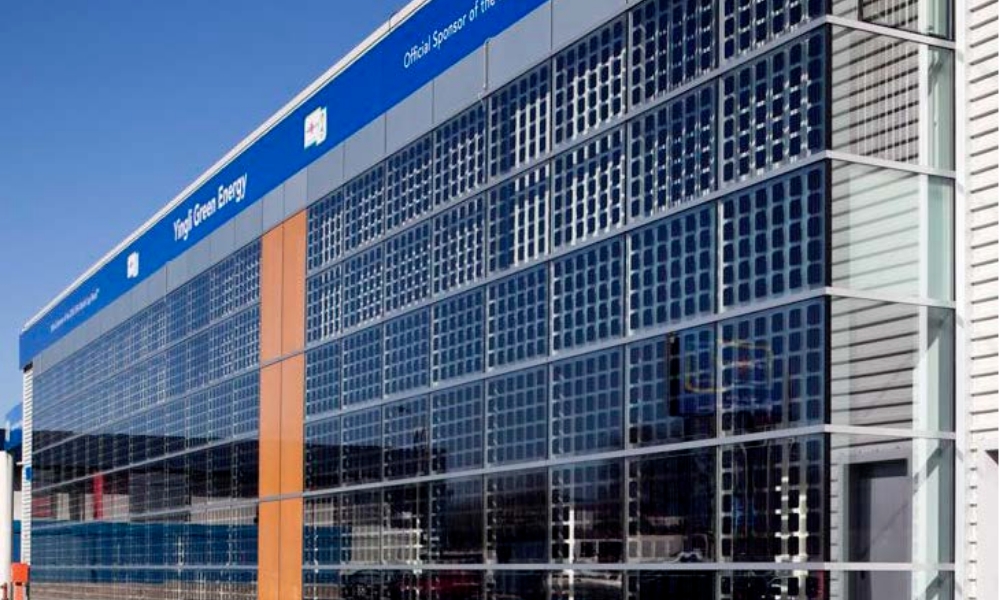
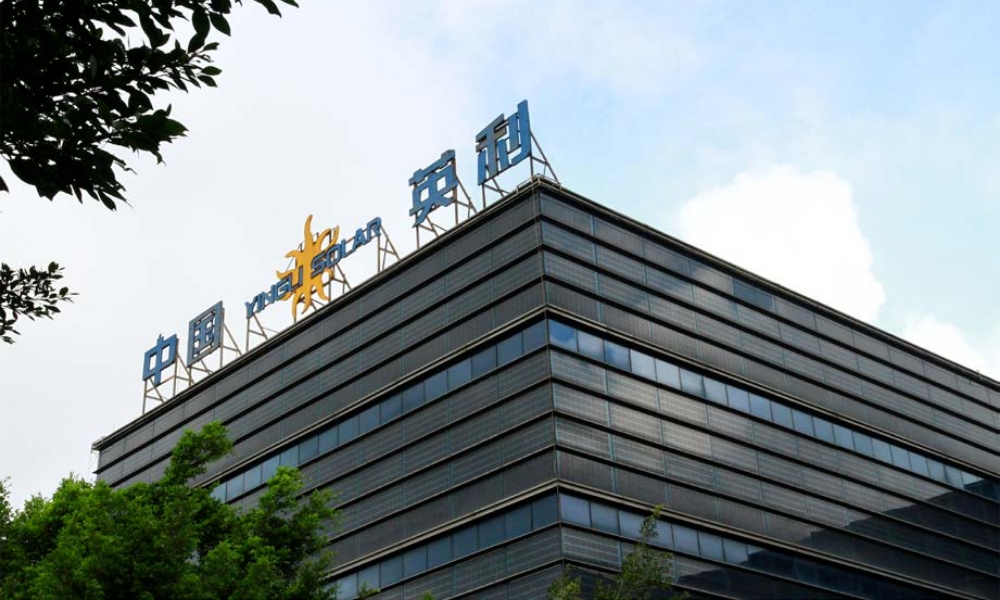
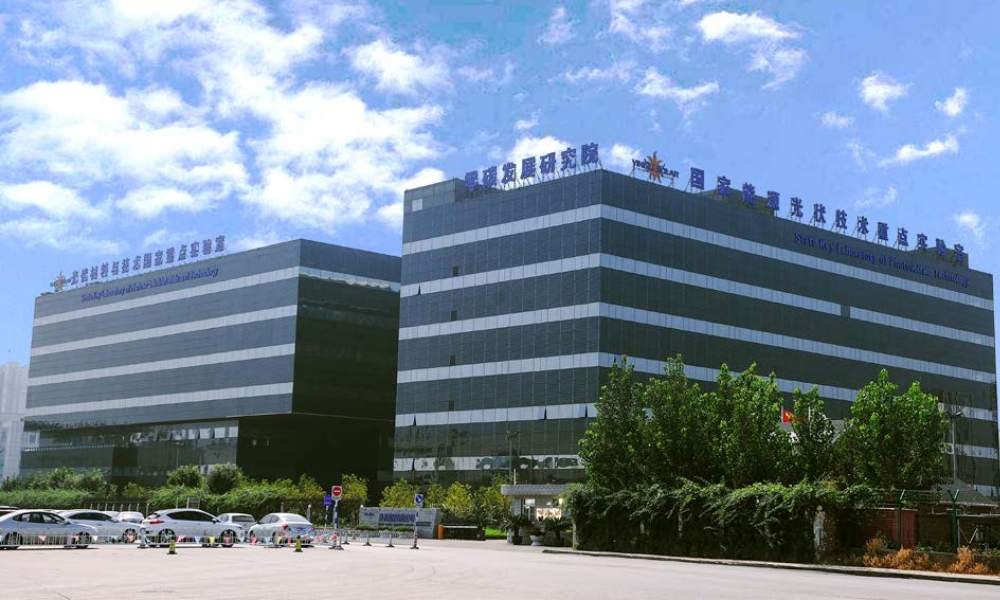
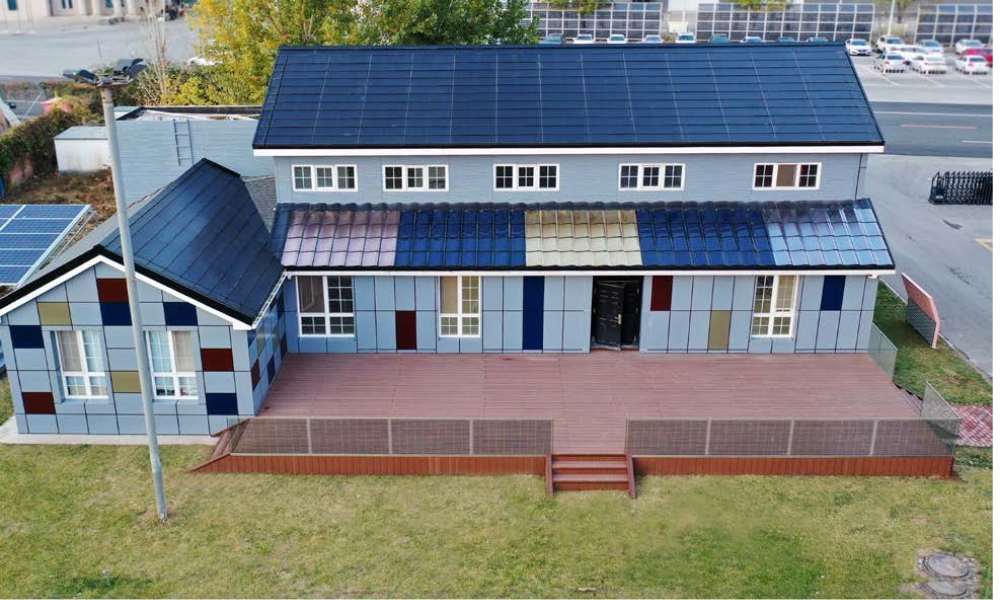
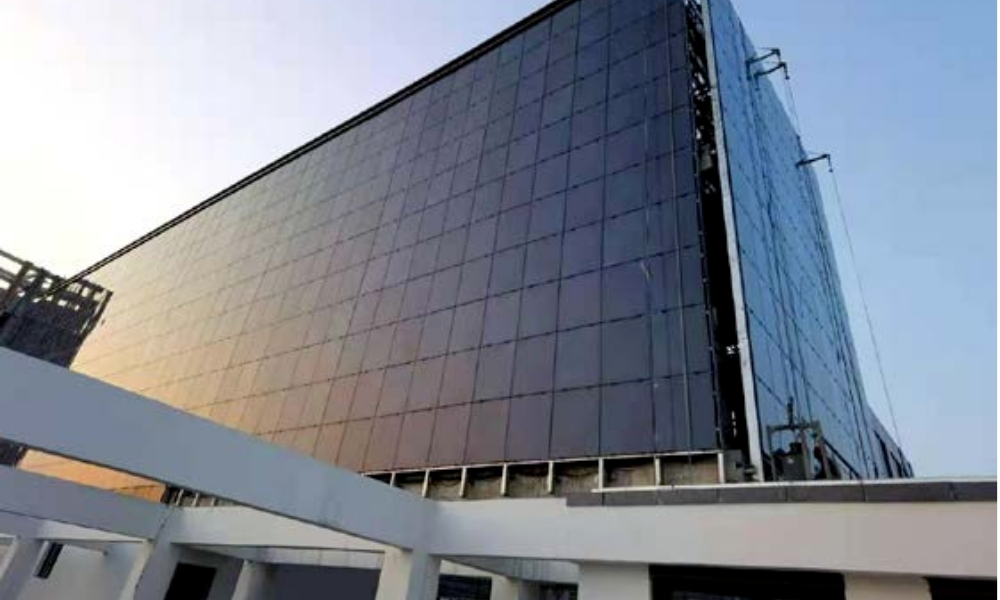





 返回列表
返回列表

